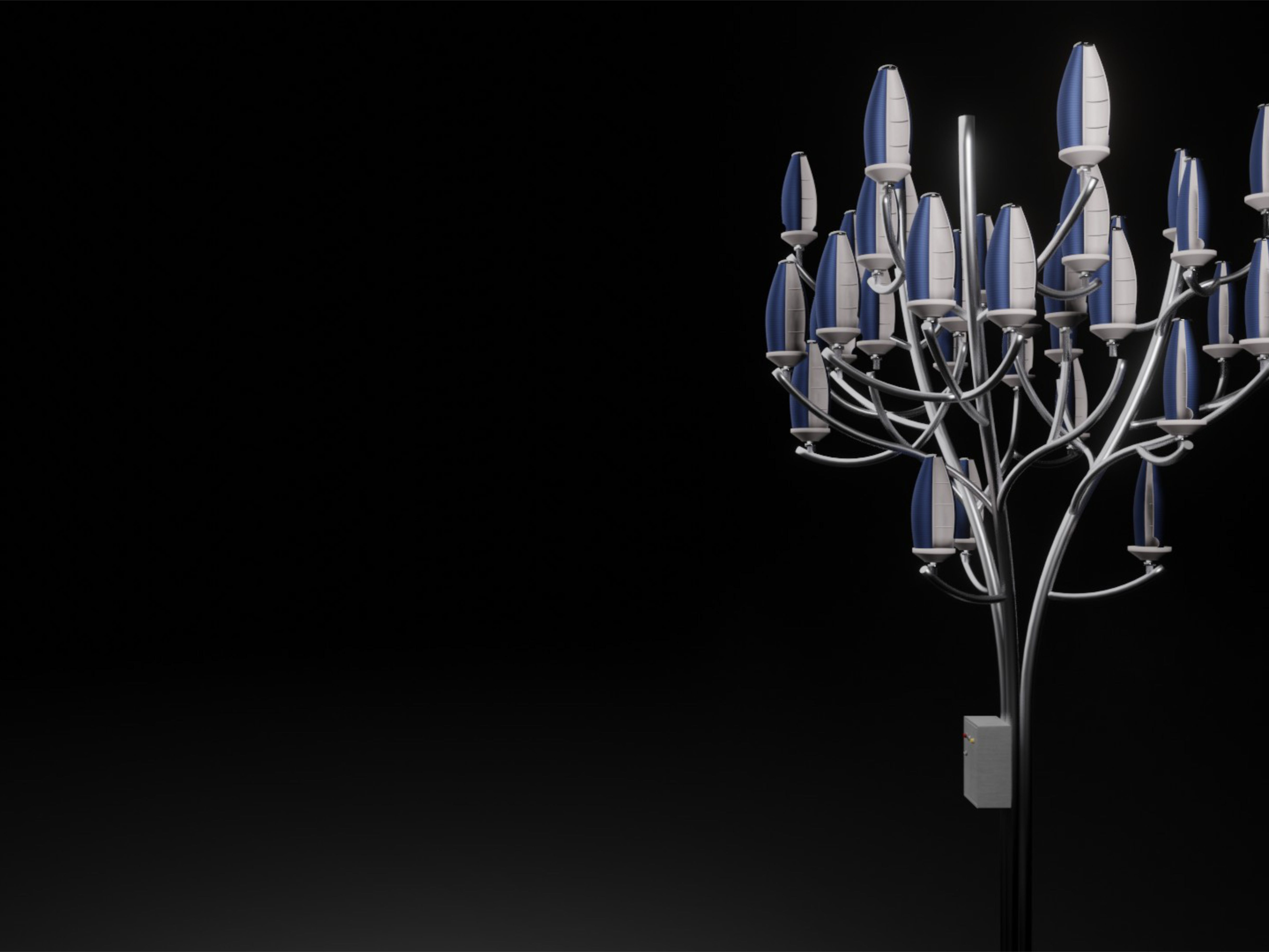Source: DALL·E
Project Overview
In an experimental research endeavor focusing on the dynamics of leadership perception within collaborative design teams, this project examines the contrast between how individuals view their own leadership abilities and how they are perceived by their teammates. The aim is to identify key attributes that contribute to effective leadership in team-based design processes. Inspired by insights from Goleman (2017)[1], which stress the crucial impact of leadership on team success, the study explores the realm of leadership perceptions in settings without designated leadership roles, reflecting the cooperative spirit prevalent in design disciplines.
Timeline
October - December 2023
Project For
Coursework, EDSGN 549: Design Decision-Making, Penn State
Project Team
• Aliaa Maar
• Cole Reinert
• Marc Cai
• Zulfiqar Islahqamat
Background
This study emerges against the backdrop of an increasingly collaborative world where design teams operate without predefined hierarchies, thereby spotlighting the essence of perceived leadership. Drawing upon the discrepancy between self-perception and external perception of leadership skills, as highlighted by Stare, Pezdir, and Boštjančič (2013)[2], the research probes into how these variances impact team cohesion and project outcomes. Furthermore, it contemplates the influence of diverse leadership styles, from adaptability to strategic thinking, on the collective perception within design teams, underpinning the inquiry with findings from Somech (2006)[4] regarding the nuanced effects of participative leadership on innovation.
Methodology
The methodology adopted a survey-based approach, designed to capture a spectrum of leadership attributes as perceived by team members, juxtaposed against self-assessment. The survey instrument was meticulously crafted, comprising two distinct sections aimed at isolating leadership traits without direct mention until the latter stages, to maintain objectivity and minimize bias.
Analysis Techniques
Employing a combination of statistical and visual analysis techniques, including the Kruskal-Wallis H test, the study scrutinized the collected data for significant patterns and discrepancies. This analytical framework facilitated a deep dive into the perceived leadership dynamics, correlating self-assessment with peer feedback to distill the essence of leadership within collaborative design settings.
Results and Findings
The exploratory journey into leadership perception culminated in illuminating insights, underscored by the discovery of a general tendency among individuals to underrate their leadership capabilities compared to their peers’ assessments. The investigation identified adaptability, responsiveness, and proactive engagement in task completion as pivotal traits shared by perceived leaders, echoing the leadership attributes chart's significance in visualizing team dynamics.
Fig 1: Self vs. Team Perceived Leadership Scores
Fig 2: Individual Comparisons Between Team and Self Perceived Leadership Scores
Fig 3: Comparative Leadership Styles Among Team-Perceived Leaders
Fig 4: Comparative Leadership Attributes Across Team-Perceived Leaders
Fig 5: Leadership Attributes for Team X Members
Fig 6: Leadership Attributes for Team Z Members
Conclusion
This research venture offered a novel lens through which to view leadership dynamics within non-hierarchical design teams, enriching the discourse on effective collaboration in design education. The findings underscore the multifaceted nature of leadership, advocating for a broader recognition of varied leadership attributes that foster successful team interactions and project outcomes.
References
[1] Goleman, D. (2017). Leadership That Gets Results. Harvard Business Review Classics.
[2] Stare, J., Pezdir, M., & Boštjančič, E. (2013). Links Between Perceived Leadership Styles and Self-Reported Coping Strategies. Psihologijske Teme, 22(3), 413–430.
[3] Zaccaro, S. J., Kemp, C., & Bader, P. (2004). Leader Traits and Attributes. The Nature of Leadership, 101-124.
[4] Somech, A. (2006). The Effects of Leadership Style and Team Process on Performance and Innovation in Functionally Heterogeneous Teams. Journal of Management, 32(1), 132–157.





